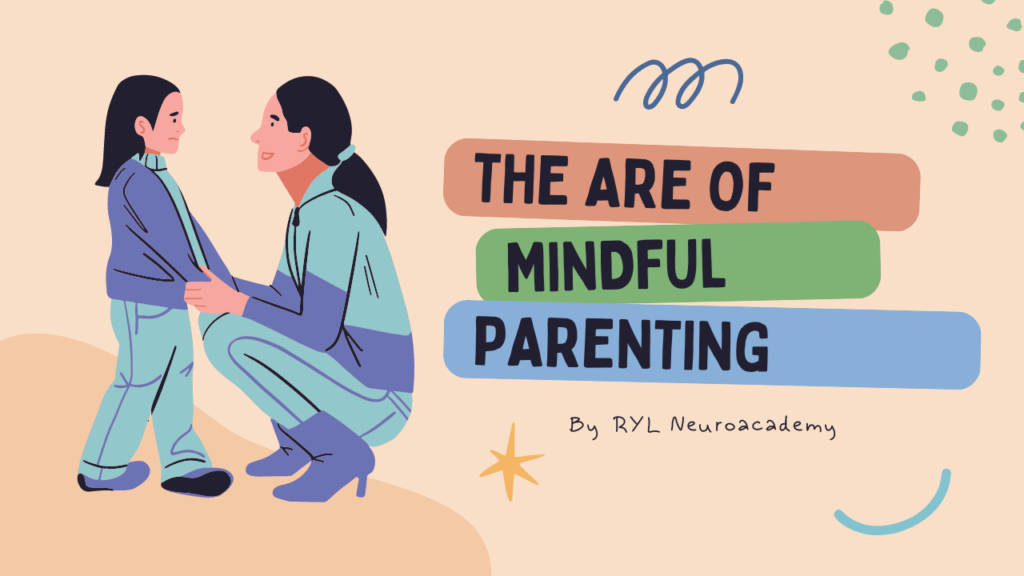Introduction
Neuro-Linguistic Programming (NLP) is a powerful psychological framework that helps reprogram thought patterns, behaviors, and emotions. It focuses on the connection between language, neurological processes, and learned behaviors.
Negative anchors in NLP are subconscious triggers that evoke unwanted emotions or reactions based on past experiences. For example, a bad public speaking experience may create anxiety whenever you step on stage. These negative anchors limit personal growth, reinforce self-doubt, and hinder success.
Collapsing negative anchors is essential for breaking free from emotional barriers, rewiring the subconscious mind, and fostering a positive, success-oriented mindset. By replacing limiting triggers with empowering ones, you can achieve greater confidence, emotional resilience, and peak performance in all areas of life.
What Are Negative Anchors in NLP?
In Neuro-Linguistic Programming (NLP), an anchor is a stimulus that triggers a specific emotional or behavioral response. Anchors can be positive (boosting confidence and motivation) or negative (causing fear, anxiety, or self-doubt).
How Negative Anchors Are Formed:
Negative anchors develop when a strong emotional response is unconsciously linked to a specific trigger. For example, if you experienced embarrassment during a public speech, your mind may associate speaking in front of an audience with anxiety.
Common Negative Anchors:
Fear of public speaking – Triggered by past stage fright.
Self-doubt in business or career – Caused by previous failures.
Anxiety in relationships – Rooted in past rejections or betrayals.
By identifying and collapsing these negative anchors, NLP helps reprogram the subconscious, enabling emotional freedom and personal growth.

The Science Behind Anchors and Emotional Triggers
How the Brain Associates Emotions with Stimuli & The Power of Rewiring Negative Anchors
The brain associates emotions with stimuli through neural connections formed by past experiences. When a strong emotion (fear, anxiety, or confidence) is linked to a specific trigger, the subconscious mind automatically reinforces this response.
The Role of Conditioned Responses in Negative Emotions
Negative emotions are often the result of conditioned responses, where repeated exposure to a stimulus strengthens the emotional reaction. For example, if a person experiences rejection during public speaking, their brain may condition them to feel anxious every time they face an audience.
Rewiring the Subconscious by Collapsing Negative Anchors
Collapsing negative anchors in NLP breaks these conditioned patterns by replacing fear-based triggers with positive, empowering associations. This rewiring process helps eliminate self-limiting beliefs, boost confidence, and create lasting emotional resilience.
Step-by-Step Guide to Collapsing Negative Anchors in NLP
4 Steps to Collapse Negative Anchors in NLP
- Identify the Negative Anchor
Recognize the triggers that cause unwanted emotions like fear or anxiety. Use mindfulness and self-reflection to understand when and how these negative anchors were formed.
- Break the Emotional Pattern
Disrupt the automatic negative response using pattern interruption techniques such as humor, physical movement, or shifting your focus. This weakens the old emotional connection.
- Replace It with a Positive Anchor
Choose a strong positive emotion like confidence, joy, or calmness. Reinforce this feeling using visualization, touch, or sound, associating it with a new empowering trigger.
- Test and Reinforce the New Anchor
Expose yourself to the old trigger and observe your reaction. Strengthen the new positive anchor through repetition, ensuring long-term emotional reprogramming and resilience.
Advanced NLP Techniques to Collapse Negative Anchors
- Swish Pattern Technique (Rapid Reprogramming)
The Swish Pattern replaces negative mental images with positive ones. By repeatedly visualizing a confident, successful version of yourself “swishing” over a negative thought, your brain rewires its response, creating instant transformation.
- Anchoring Stacking Method (Long-Term Change)
Stacking multiple positive anchors (confidence, joy, motivation) strengthens emotional resilience. By reinforcing several empowering triggers, you override old negative patterns and make positive responses automatic.
- Reframing Techniques (Shifting Perspective)
Reframing helps reinterpret past experiences in a constructive way. Instead of seeing failure as a setback, NLP reprograms the mind to view it as a learning opportunity, reducing emotional blocks and fostering growth
Conclusion
We Have Covered Many Techniques To Collapse Negative Anchors.
Try the techniques and share experiences in the comments Below
For 1:1 Sessions Contact Here : Email to rylneuroacademy@gmail.com or call to 7483989740

